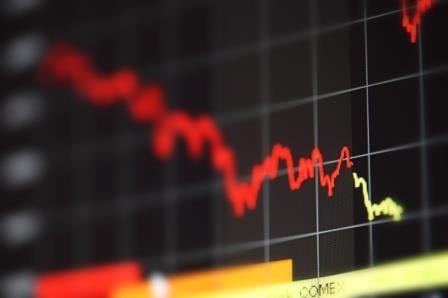

By
Australia managed to weather the global financial crisis of the last decade – but there are signs that it may be headed towards a banking crisis of its own, according to a recent report by the Bank for International Settlements (BIS).
The bank looked at four early warning indicators for stress in different countries’ domestic banking systems: Debt service ratio (DSR), Household DSR, Cross-border claims to GDP, and Credit-to-GDP gap.
Australia flashed an amber colour for the first three. That colour means an indicator falls within the lower threshold required to predict at least 90% of the past crises the BIS surveyed.
Nevertheless, other advanced economies fared worse. Canada and Hong Kong flashed red in their respective Credit-to-GDP gap indicators, indicating that they’ve breached the threshold for predicting at least two thirds of the crises. The BIS said these signals are reinforced by property price developments. Canada also flashed red in debt DSR, and flashed amber in the last two other indicators.
“Financial markets and the global economy are sailing in uncharted waters. And after an unusually long period of unusually low interest rates and accommodating monetary conditions, it would be unrealistic to expect no further market ructions,” said Claudio Borio, the head of the BIS' monetary and economic department.
In a statement, he called on central banks to strike a balance between between normalising policy and avoiding unnecessarily derailing economic expansion. “Treading the path will call for a great deal of skill, judgment and, yes, also a measure of good fortune. But policymakers need not fear volatility as such. Along the normalisation path, some volatility can be their friend,” he added.
The Basel, Switzerland-based bank is an international an international financial organisation owned by 60 member central banks – including the Reserve Bank of Australia. Its members make up about 95% of world GDP.
